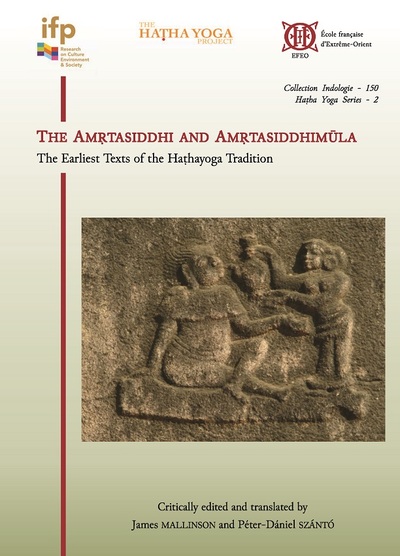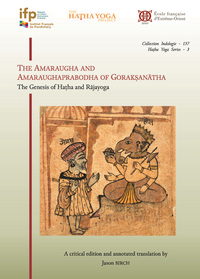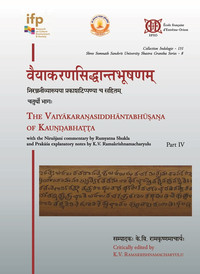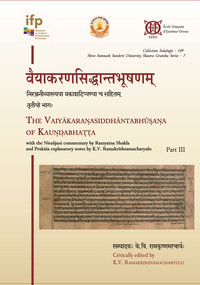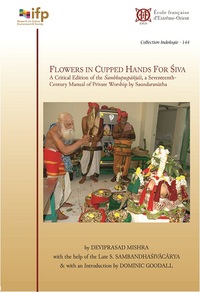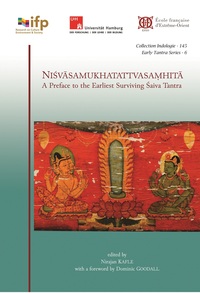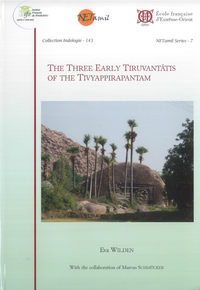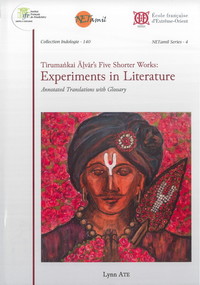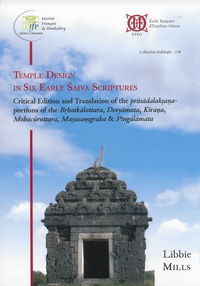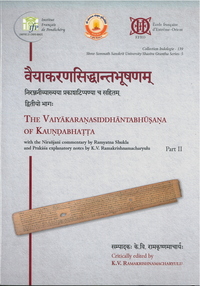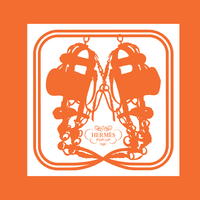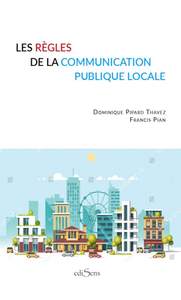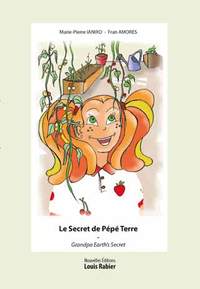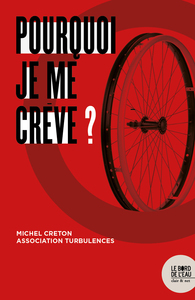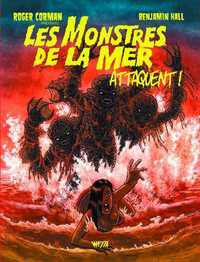Nous utilisons des cookies pour améliorer votre expérience. Pour nous conformer à la nouvelle directive sur la vie privée, nous devons demander votre consentement à l’utilisation de ces cookies. En savoir plus.
The Amrtasiddhi and Amrtasiddhimula
Efeo - EAN : 9782855392455
Édition papier
EAN : 9782855392455
Paru le : 28 janv. 2022
19,00 €
18,01 €
Disponible
Pour connaître votre prix et commander, identifiez-vous
Notre engagement qualité
-
 Livraison gratuite
Livraison gratuite
en France sans minimum
de commande -
 Manquants maintenus
Manquants maintenus
en commande
automatiquement -
 Un interlocuteur
Un interlocuteur
unique pour toutes
vos commandes -
 Toutes les licences
Toutes les licences
numériques du marché
au tarif éditeur -
 Assistance téléphonique
Assistance téléphonique
personalisée sur le
numérique -
 Service client
Service client
Du Lundi au vendredi
de 9h à 18h
- EAN13 : 9782855392455
- Réf. éditeur : CI 150
- Collection : COLL. INDOLOGIE
- Editeur : Efeo
- Date Parution : 28 janv. 2022
- Disponibilite : Disponible
- Barème de remise : NS
- Nombre de pages : 203
- Format : H:240 mm L:170 mm E:14 mm
- Poids : 410gr
- Interdit de retour : Retour interdit
-
Résumé :
This book introduces, edits, and translates the two earliest texts of the hathayoga tradition, the Amrtasiddhi and the *Amrtasiddhimula (which survives only in Tibetan translation). Basing their study on a bilingual manuscript, an extremely rare phenomenon, the authors argue that the origins of hathayoga are found in an eclectic tantric Buddhist milieu, probably active in the second half of the 11th century CE. The texts provide fundamental and later very influential teachings on the nature of the yogic body, psycho-physical practices centred on manipulating bindu, the types of practitioners, and much more. The book is addressed primarily to scholars, but will also be of interest to students and practitioners of yoga.
About the authors
James Mallinson studied Sanskrit at Oxford and is Reader in Indology and Yoga Studies at SOAS University of London and chair of the SOAS Centre of Yoga Studies. From 2015 to 2020 he was Principal Investigator of the ERC-funded Hatha Yoga Project and from 2021 to 2024 he will be Principal Investigator of the AHRC/DFG-funded Light on Hatha project, which will produce a critical edition of the Hathapradipika.
Péter-Dániel Szántó (1980) started his studies in Tibetology and Indology at Eötvös Loránd University, Budapest. He defended his doctorate in Oxford, prepared under the supervision of Alexis Sanderson, and then held several post-doctoral positions (Merton College, Universität Hamburg, All Souls College). He is currently working at the University of Leiden. His research focuses mainly on the history and literature of tantric Buddhism in South Asia.
Contents
I. Introduction
1 The teaching of the Amrtasiddhi
1.1 Chapter synopses
1.1.1 Chapters 1-10 The elements of the body
1.1.2 Chapters 11-14
1.1.3 Chapters 15-18
1.1.4 Chapters 19-31
1.1.5 Chapters 32-35
1.2 Innovations in the teaching of the Amrtasiddhi
1.3 The Amrtasiddhi and subsequent works on physical yoga
1.3.1 The Early hatha corpus
1.3.2 The later hatha corpus
1.3.3 Related Vajrayana works
1.4 Bindu and Blis
1.5 Alchemical metaphors
2. Constitution of the text
2.1 Description of manuscripts
2.2 Stemmatic analysis
2.3 Conventions for the critical edition
II. Critical edition of the Amrtasiddhi
III. Annotated translation of the Amrtasiddhi
IV. *Amrtasiddhimula
1. Critical edition of the *Amrtasiddhimula
2. Translation of the *Amrtasiddhimula with a running commentary
Works consulted
Index

